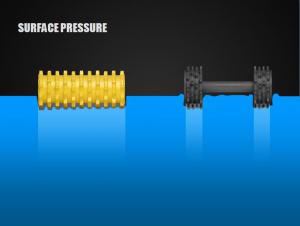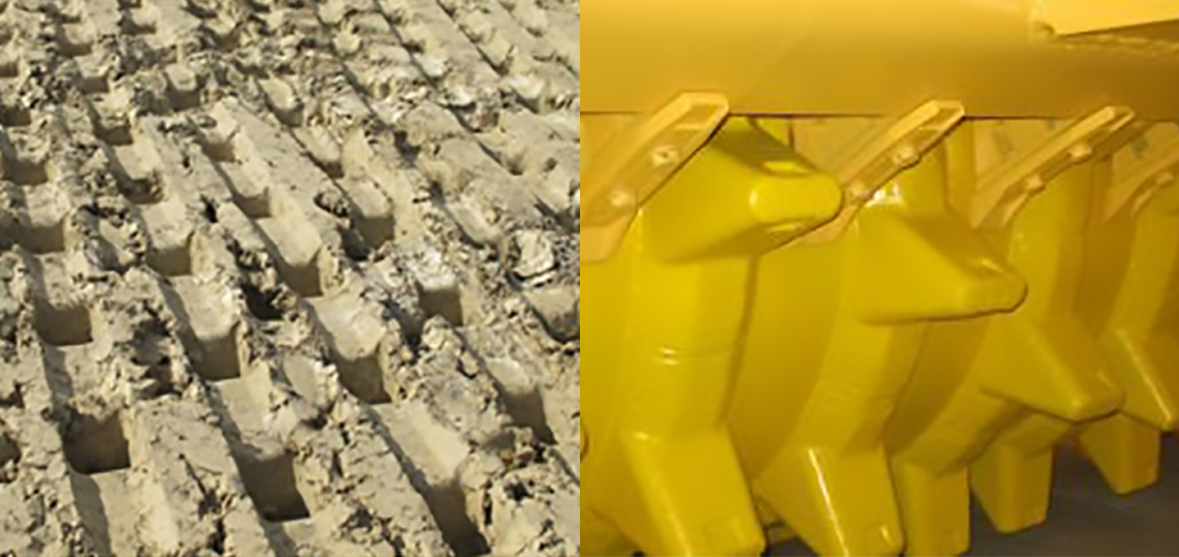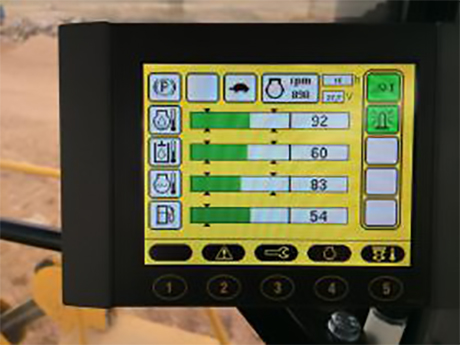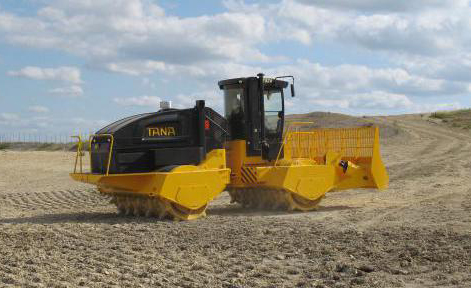TANA E Series Product Overview
TANA is the first purpose-built waste compactor on the market. The TANA E Series is the result of long-term product development and proven solutions which bring remarkable benefits to the user. Full-width twin-drum construction, rigid frame construction and crushing teeth are among the unique features which set TANA landfill compactors apart from other compactors on the market.
Designed for maximized uptime and cost-efficient operation
The unique TANA design with its twin drums, rigid frame and crushing teeth stands for proven durable solutions. This design provides maximized uptime of the machine. With fewer passes, simplified maintenance, good drivability, and easier machine management and controls, the TANA E Series compactors are able to handle waste on landfill sites in a cost-efficient way, providing better compaction and waste treatment capacity with lower operating costs.

Wide drums provide excellent traction, very little to none slipping and do not sink in the below waste.
Rigid frame design advantages
A rigid frame provides optimum crushing force. That is why the TANA compactor has been built around a rigid articulating frame which provides up to 100 percent greater crushing force on a single drum, compared to an oscillating four-wheeler of a similar weight.
- Provides maximum crushing force; articulation of +/- 40 degree but zero oscillation
- Allows an even load spreading with its wide and always level blade
- Minimizes undesirable cabin swing
- No uncontrolled weight shifting
- Maximum compaction
- Very simple design and extremely robust construction
- Excellent traction and no slipping or sinking wheels
With a wide drum, machine movement is cut in half compared to the number of compaction passes needed by a four-wheeler. Thus, a wide drum saves both time and fuel by minimizing excessive driving.
Crushing teeth
The size, shape, structure and total number of the crushing teeth is important. In a TANA E Series landfill compactor the teeth are 200 mm (7.8″) in height, allowing thorough, highly wear-resistant penetration of every fresh waste layer. The teeth are designed in the shape of a pyramid, are made of solid steel, and are kept clean by a large number of adjustable scraper bars.
- Made of solid steel and 200 mm (7.8″) in height
- Provide up to 28 footprints per m2 (28 footprints per 10 square feet)
- Total of up to 442 teeth on a machine
- Produce maximum kneading effect on waste
- Laid out in a conical arrangement, maximizing compaction
TANA Control System (TCS)
All TANA E Series compactors are equipped with TANA Control System (TCS), which monitors and controls all machine functions. The settings can be altered and monitored through an LCD panel located in the operator’s cabin.
The TCS has a user-friendly interface with a simple operating menu and a four-color display. The monitoring system of the TCS gives the operator all necessary tools to determine machine faults and prevent any damage being caused to the machine.
TANA Twin-drum construction
The compaction force of the full-width twin drums is directed straight down, thus preventing waste extrusion from underneath the compactor. Wide drums provide excellent traction, very little to none slipping and do not sink in the below waste. This also produces the unrivalled smooth and dense surface. With a TANA compactor, a one-way machine movement cuts in half the number of compaction passes needed by a four-wheeler.
- Achieve two full-width passes with a single machine movement
- Provide the most uniform compaction of any machine on the market – no uncompacted gaps remain between wheels
- Maximizes waste treatment capacity (tons per hour) – width combined with speed
- provide maximum traction with multiple rows of teeth
- leave a level surface of unparalleled smoothness
- End plates concentrate compaction force straight down




